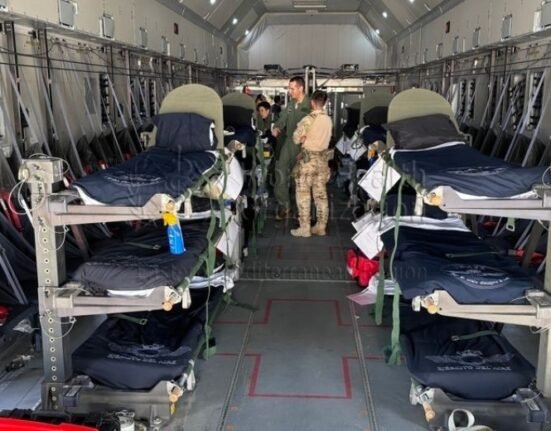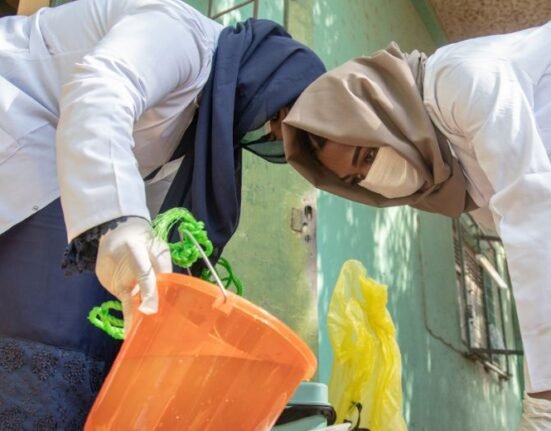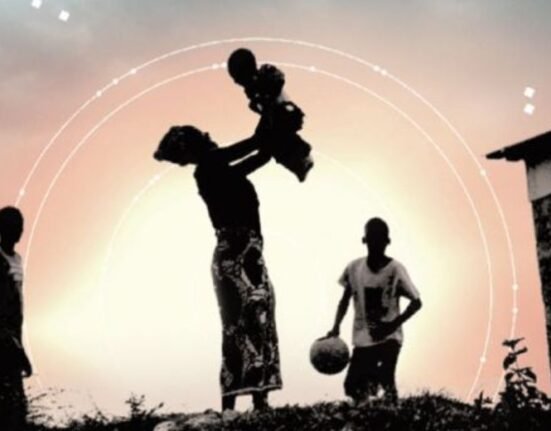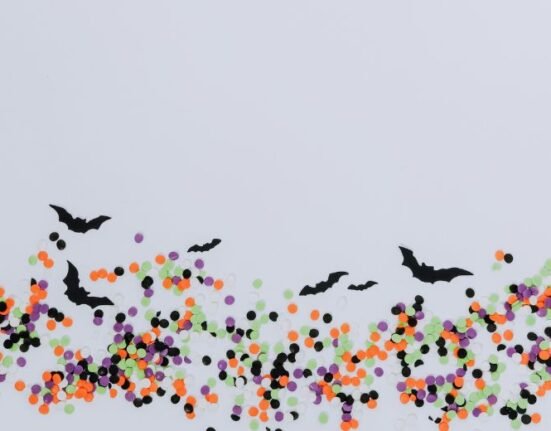HQ Team
April 19, 2024: The WHO, health experts and agencies have agreed on the terminology used to describe the spread of a disease through the air after “airborne” and “aerosol transmission” contributed to misleading information during the Covid-19 pandemic.
The terminology, used for transmission of the organism causing the disease to its host or pathogens, has varied across scientific disciplines, organisations and the general public, according to a WHO statement.
The agreement covered pathogens, contained within a particle — known as infectious particles — that travel through the air.
When these infectious particles are carried by expired airflow or ‘infectious respiratory particles (IRPs), they enter the human respiratory tract or are deposited on the mucosa of the mouth, nose or eye of another person.
It also includes those that cause respiratory infections, such as COVID-19, influenza, measles, Middle East respiratory syndrome, severe acute respiratory syndrome, and tuberculosis, among others.
‘Through the air’
The descriptor ‘through the air’ could be used in a general way to characterise an infectious disease where the main mode of transmission involves the pathogen travelling through or being suspended in the air, according to the document.
The new definition does away with “droplets” and “aerosols” and states that the risk of exposure and severity of disease should also be considered.
“This has similarity with other public health descriptors of infectious diseases, such as ‘waterborne’ and ‘bloodborne’, that refer to the main medium through which a specific disease is transmitted, and as commonly understood by the scientific, clinical, public health communities and the general public.”
The global technical consultation report brought together viewpoints from experts spanning a range of disciplines with the key objective of seeking consensus regarding the terminology used to describe the transmission of pathogens through the air that can potentially cause infection in humans.
The agreed process was to develop a consensus document that could be endorsed by global agencies and entities, it stated.
Future pandemics
It was the first step towards working out how to better prevent this kind of spread, both for existing diseases like measles and for future pandemic threats.
In the early days of Covid-19 scientists had complained that the UN health agency had failed to reach out to people to tell them that the virus could spread through the air. The failure led to emphasis on steps like hand washing rather than ventilation.
Experts and four major public health agencies, the Africa Centres for Disease Control and Prevention, the Chinese Center for Disease Control and Prevention the European Centre for Disease Prevention and Control and United States Centers for Disease Control and Prevention were involved in the consultations.
‘No small feat’
“This global technical consultation process was a concerted effort of many influential and experienced experts,” said Dr Gagandeep Kang, Christian Medical College, Vellore, India who is a Co-Chair of the WHO Technical Working Group.
Dr Yuguo Li from the University of Hong Kong, Hong Kong SAR (China), who co-chaired the Technical Working Group said: “Reaching consensus on these terminologies bringing stakeholders in an unprecedented way was no small feat. Completing this consultation gives us a new opportunity and starting point to move forward with a better understanding and agreed principles for diseases that transmit through the air.”
The consultation process was the first phase of global scientific discussions led by WHO. The next steps include further technical and multidisciplinary research and exploration of the wider implementation implications of the updated descriptors.








